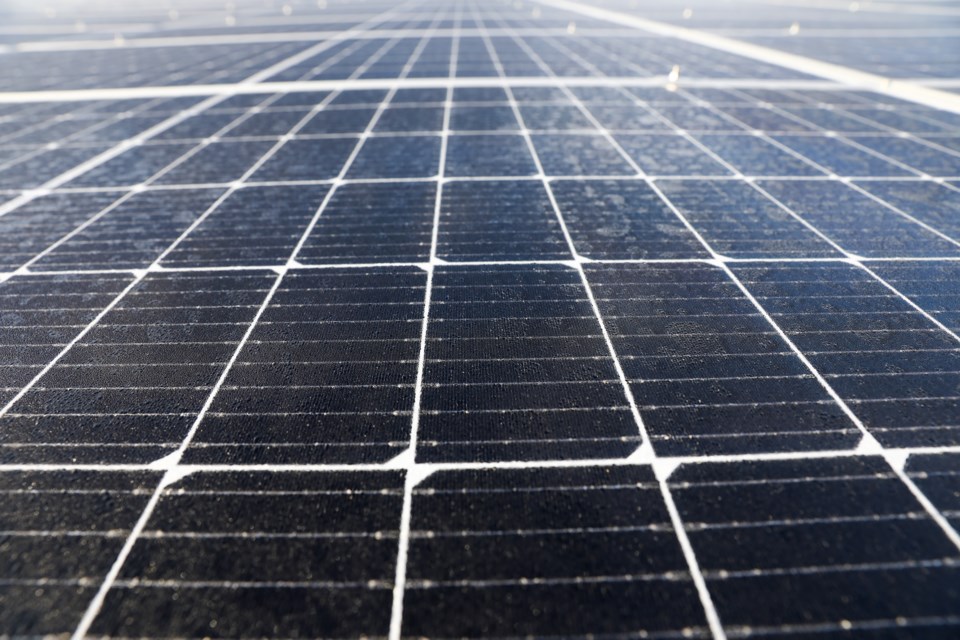CANMORE – An update to the Town of Canmore's Clean Energy Improvement Program (CEIP) was made by council as the program prepares to launch with the goal of enticing people to use clean energy on their own property.
Council approved changes to align with new provincial regulations and a change in the maximum interest rate to match the CEIP borrowing bylaw. Council also gave first reading to the borrowing bylaw, which set a public hearing for the Sept. 6 meeting.
“I am excited about this program. I am excited for this program to be rolled out,” Mayor Sean Krausert said. “I think it is an excellent opportunity for people to have the change they want but are fiscally unable to do so.”
The program is planned to launch in November, and it is estimated there will be 62 CEIP loans issued over its first four years, with an average of 14 to 18 per year. Each loan is expected to average $24,500.
The program’s goal was to facilitate the construction and installation of qualified clean energy improvement to eligible properties by providing upfront loans.
Through the program, 100 per cent of project costs are covered for property owners for energy efficiency and renewable energy upgrades. Once upgrades are installed and approved, repayment is made through the property owner’s municipal property tax bill.
The total cost of the first four years of the program is $2.041 million, of which $541,000 is covered by the Green Municipal Fund grant. To complete the program, the Town of Canmore will have to borrow $1.5 million for a period to not exceed 25 years from the Federation of Canadian Municipalities and another authorized financial institution.
While it would impact the debt load of the Town of Canmore, it would still keep the Town below its borrowing limit.
“We are at about 50 per cent of the total debt borrowing limit, well below the debt borrowing limits, including the debt we will take on from this program,” said Palki Biswas, acting manager of finance.
Town staff said the municipality was borrowing money for the program at an interest rate of up to seven per cent and lending it to residents at the same rate.
Biswas said the Town wanted to keep it cost-neutral and used debt rather than reserves.
“I think the answer would be yes, but that would tie up our reserves for up to 25 years, so better to use debt financing,” Krausert said.
Coun. Wade Graham questioned whether financing could change if the program turns out to be highly successful.
“If we get excellent subscriptions to this, would we continue to use debt financing,” Graham asked. “What is our flexibility in increasing the program and at what point in time would we not use debt to do this?”
Town staff, however, recommend avoiding over-borrowing for now and learning from the first four years of the program when it begins.
“The recommendation is to stay with the first four years. There is going to be a lot of learning in the first four years. It will require a lot of staff resources,” said Amy Fournier, energy, and climate action coordinator. “If we are looking at program expansion we can look to after the funding is complete.”




